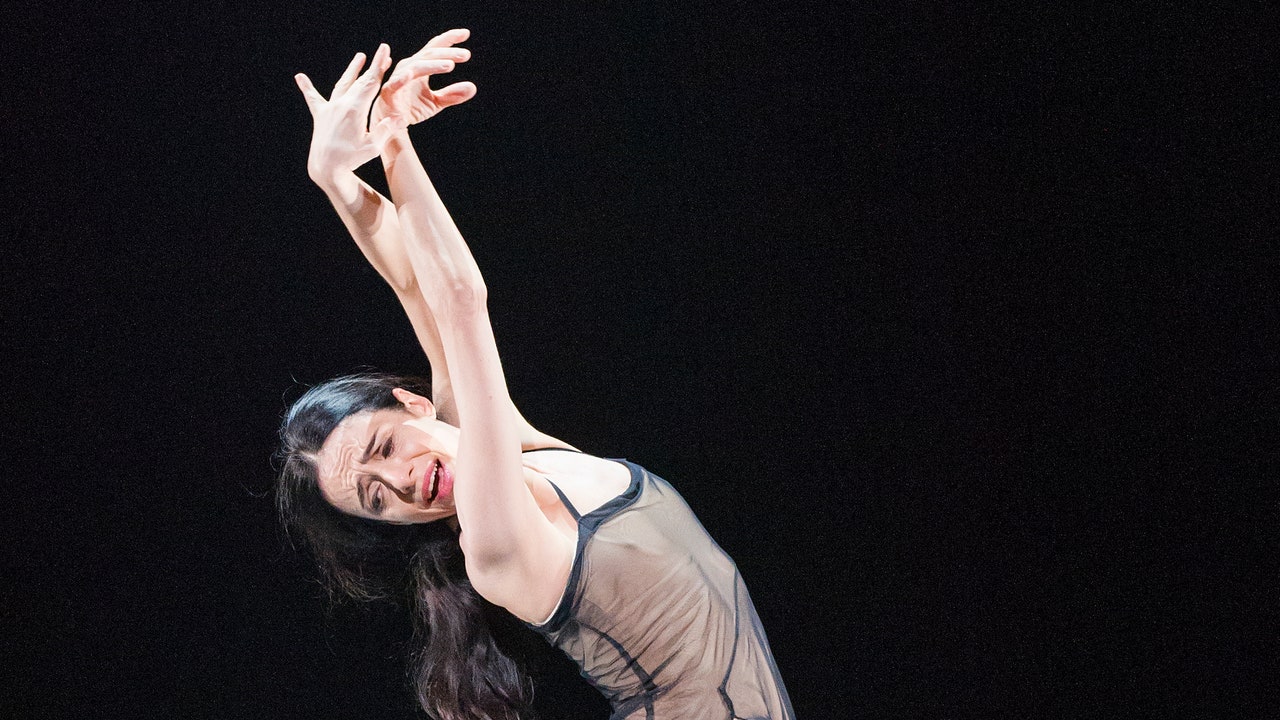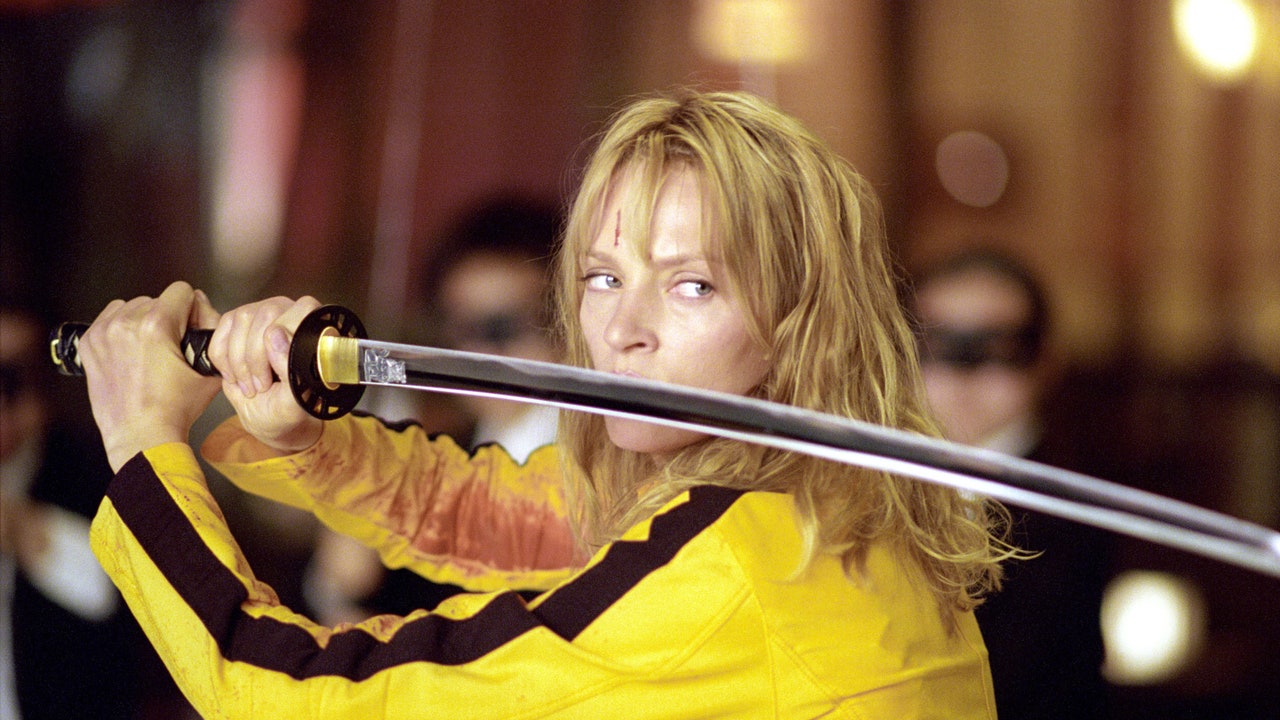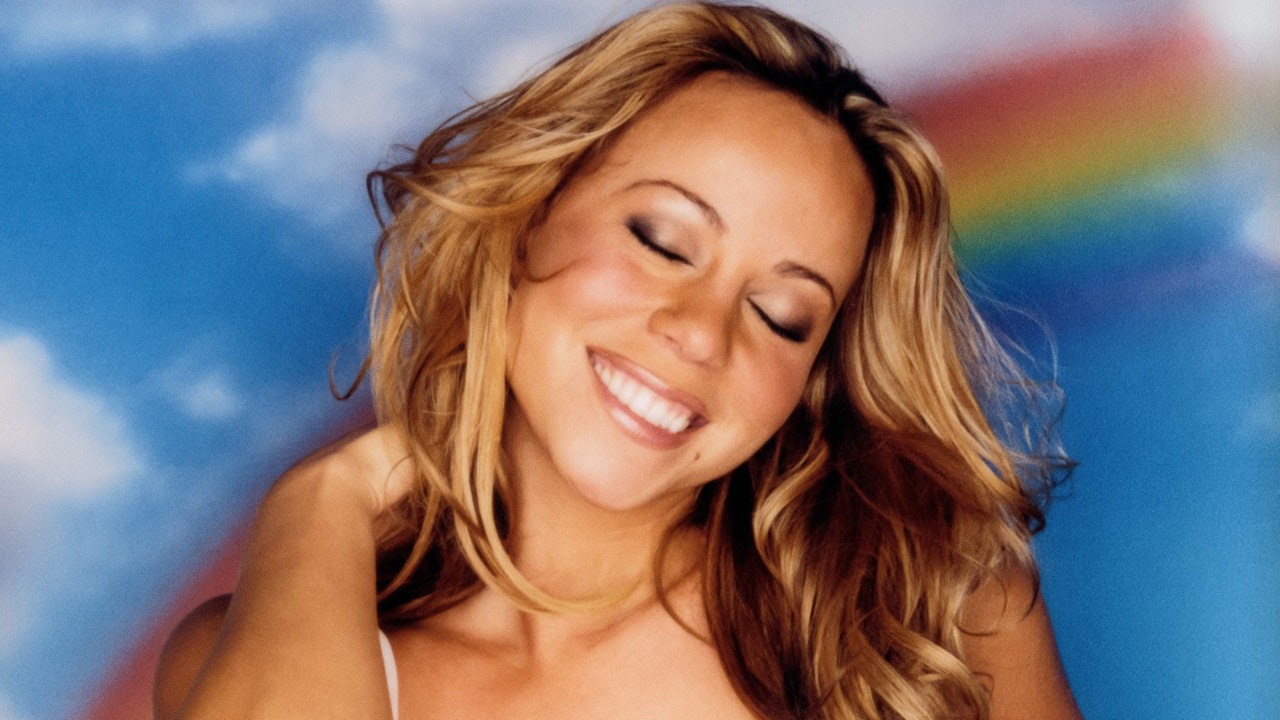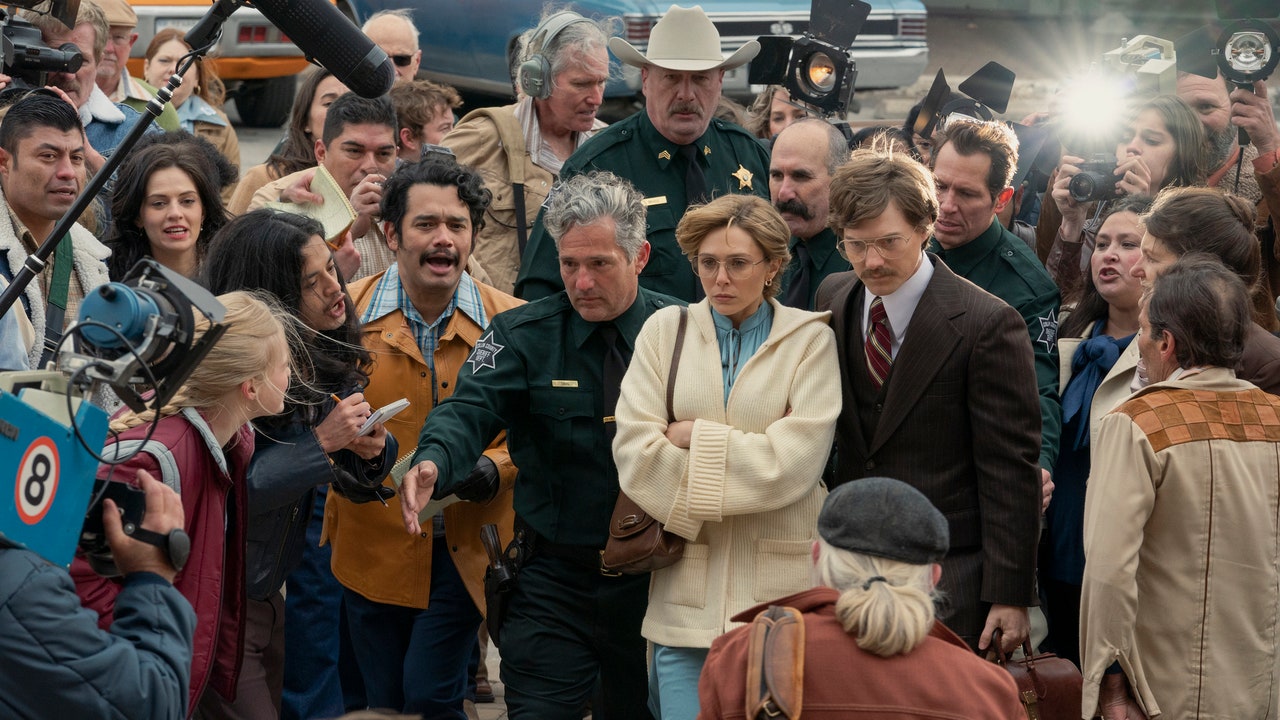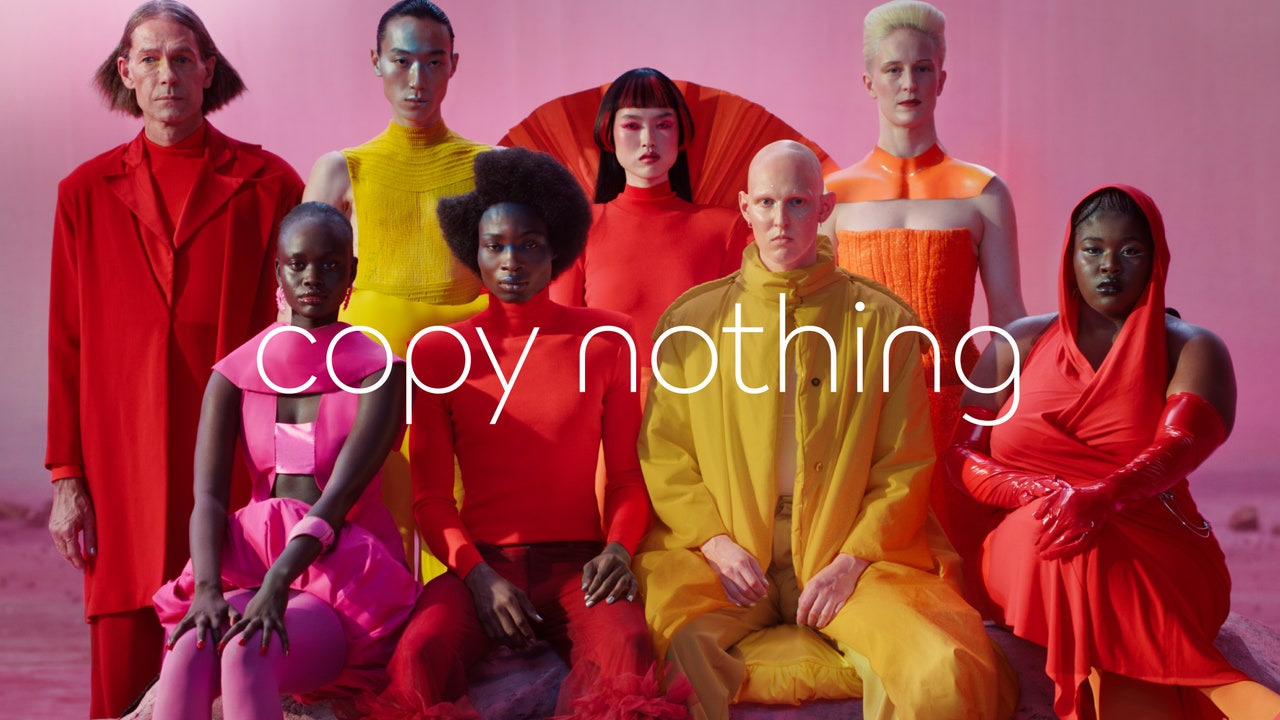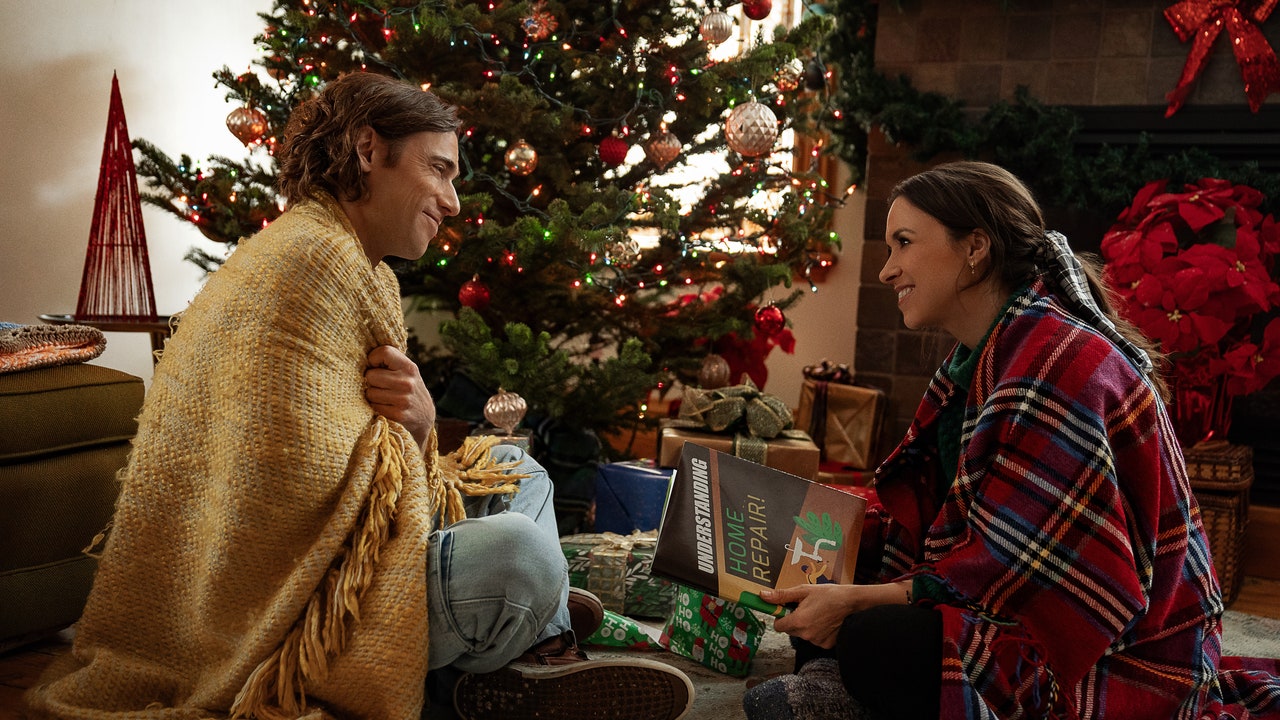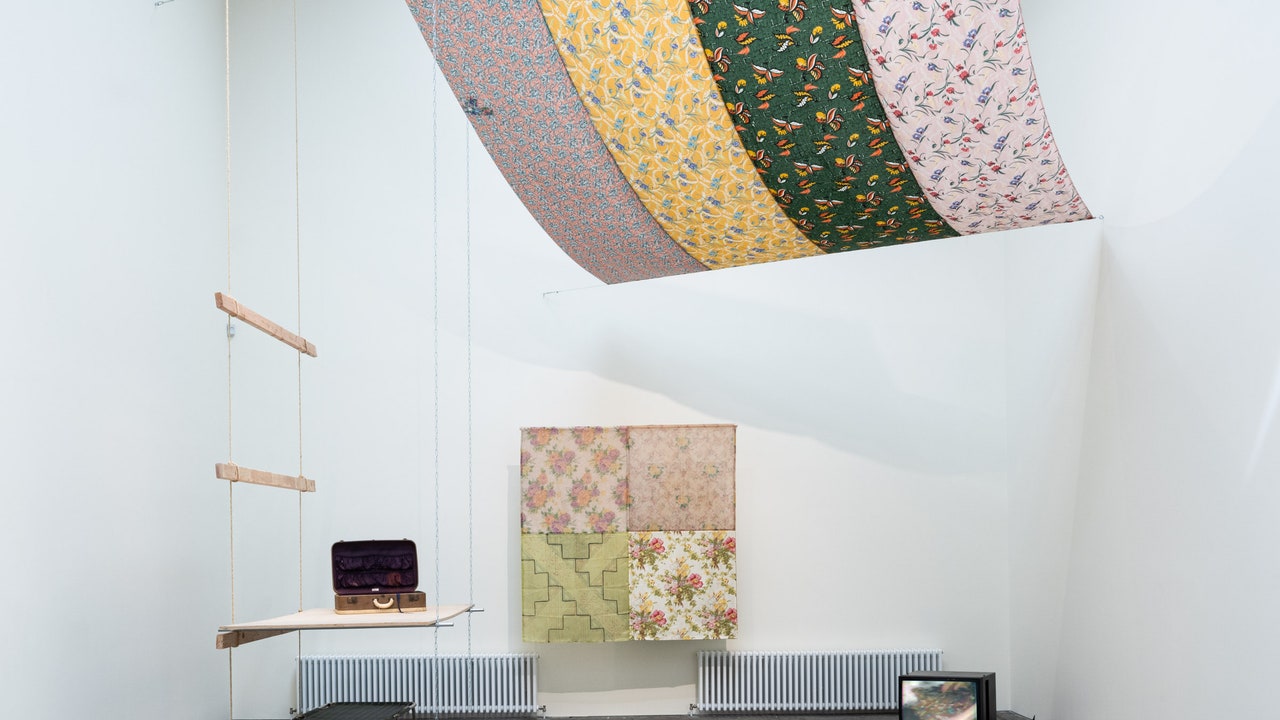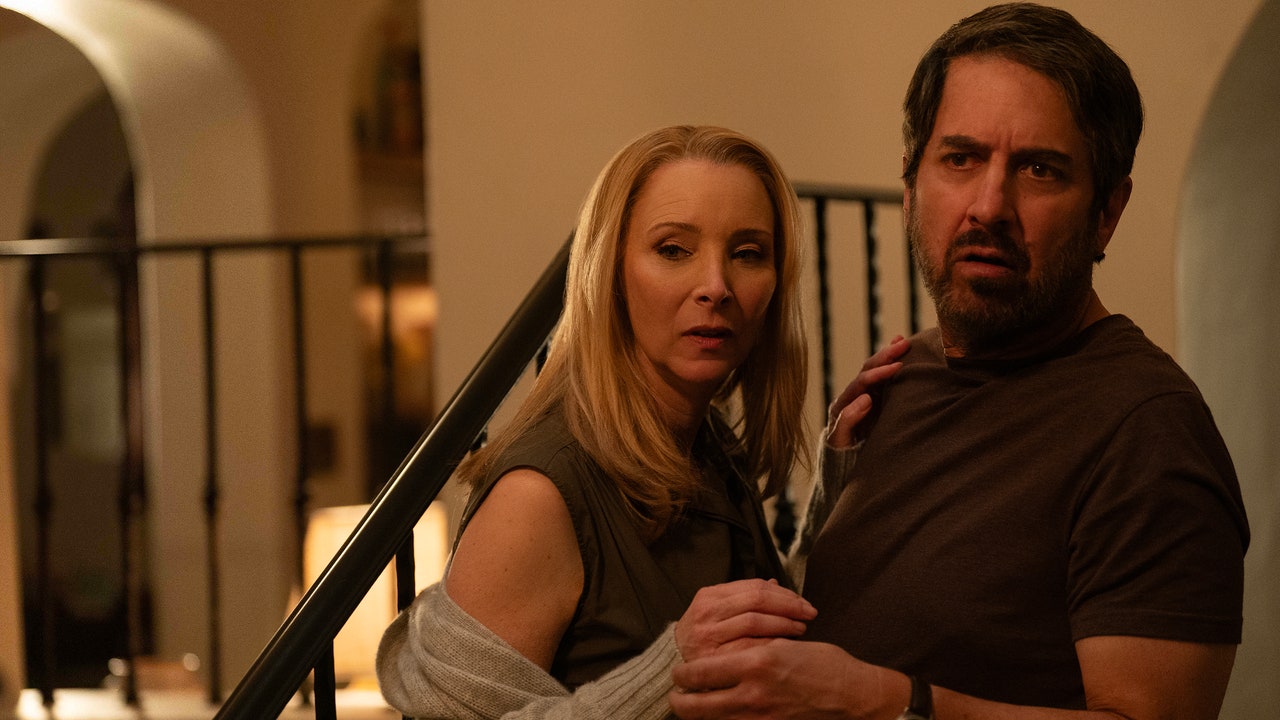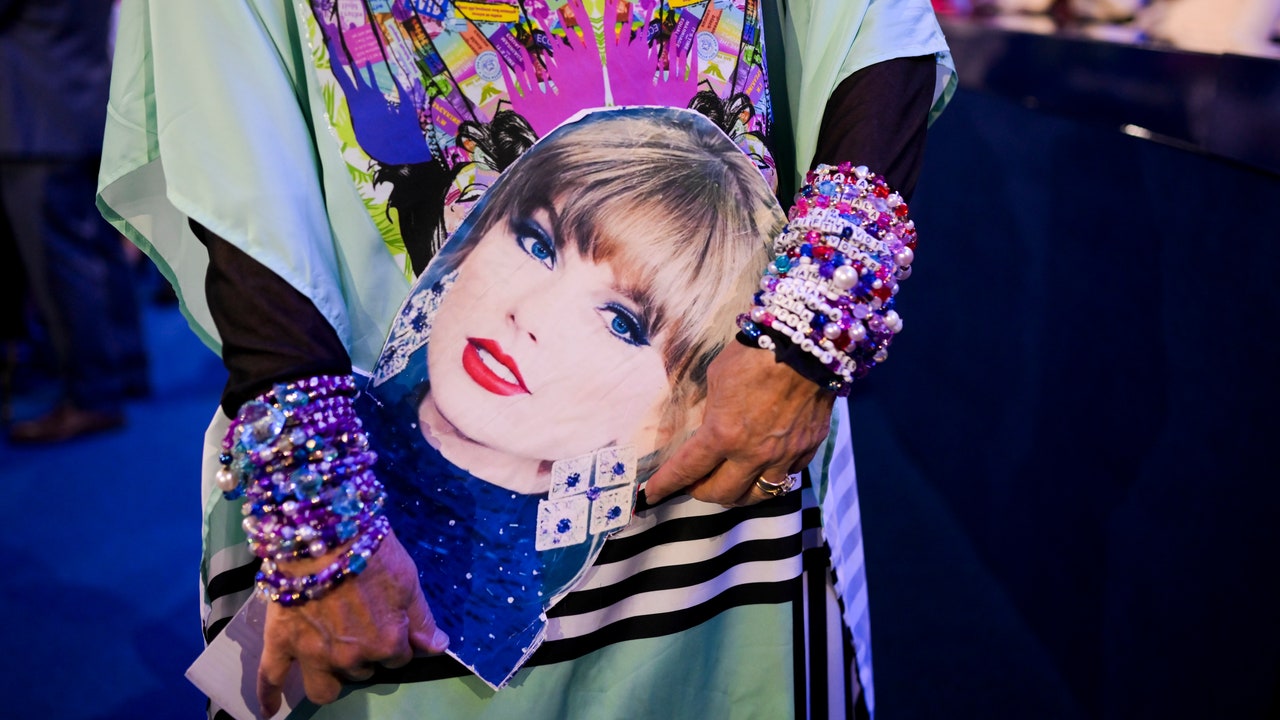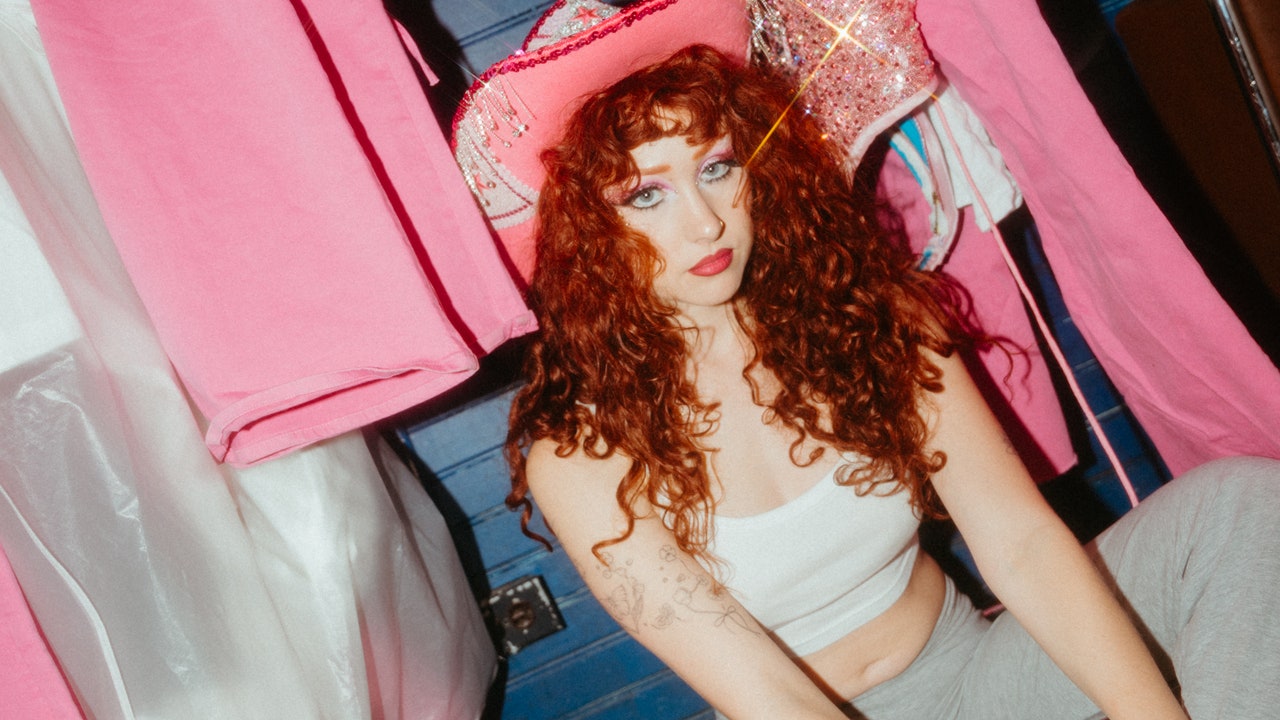Quand Wayne McGregor a d’abord sollicité Alessandra Ferri pour sortir de sa retraite et piloter son ambitieux ballet Woolf Works en 2015, sa réponse positive a été rapide—et pas seulement parce que le chorégraphe britannique, d’une politesse désarmante, le lui a demandé gentiment autour d’une tasse de thé.
Actuellement, neuf années après, la danseuse italienne—l’une des rares à avoir reçu le titre de prima ballerina assoluta—a consenti à reprendre le rôle que McGregor avait conçu pour elle. Ce mois-ci, à 61 ans, Ferri se produira dans deux représentations de cette œuvre primée, inspirée par la vie et l’œuvre de Virginia Woolf, pour sa première à New York avec le American Ballet Theater. (Les danseuses principales de l’ABT, Gillian Murphy et Hee Seo, alterneront pour ce rôle les autres soirs.)
Bien que Ferri se produise rarement ces temps-ci, elle n’a pas eu besoin de beaucoup d’arguments pour collaborer à nouveau avec McGregor—ni pour fouler les planches dans la ville qu’elle a appelée maison durant 30 ans. En réalité, elle était enchantée par l’idée. Après avoir commencé sa carrière au Royal Ballet de Londres, elle a été invitée à rejoindre l’ABT en tant que danseuse principale en 1985 par Mikhail Baryshnikov lui-même. En tant qu’artiste invitée internationale, elle a également prêté son talent au Ballet du Théâtre La Scala à Milan—où l’une de ses performances dans Romeo & Juliet, démontrant sa maîtrise non seulement comme danseuse mais aussi comme actrice, aurait un impact profond sur McGregor.
“Ça a vraiment été mon rôle préféré de ce ‘deuxième chapitre,’ si on peut l’appeler ainsi,” confie Ferri à Vogue à propos de son personnage dans Woolf Works durant une pause dans son emploi du temps de répétition. Depuis qu’elle a annoncé sa retraite en 2007, elle est apparue à plusieurs reprises pour ravir un public reconnaissant. “J’ai eu la chance d’avoir de nombreux rôles merveilleux créés pour moi, mais celui-ci est resté très profondément en moi,” remarque-t-elle. “Il a tellement de facettes, décrivant une femme et une artiste incroyable, incroyablement forte et révolutionnaire, mais à la fois si fragile et vulnérable.”
Ferri a puisé dans son propre vivier d’expériences de vie pour découvrir des parallèles personnels, parfaitement consciente que continuer à danser à son âge, et défier les idées reçues sur ce dont le corps féminin est capable, était un acte important en soi.
“Le ballet est perçu comme un domaine pour les jeunes—les ballerines prennent souvent leur retraite dans la trentaine ou quarantaine,” ajoute McGregor. “Mais pourquoi est-ce ainsi ? Pourquoi avons-nous imposé cette limitation sur l’expression physique des gens ? Je suis un fervent défenseur de la collaboration avec des personnes de tous âges parce qu’elles apportent une intelligence créative complètement différente au travail.”
